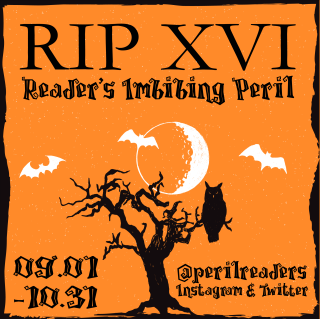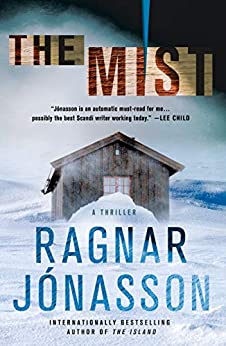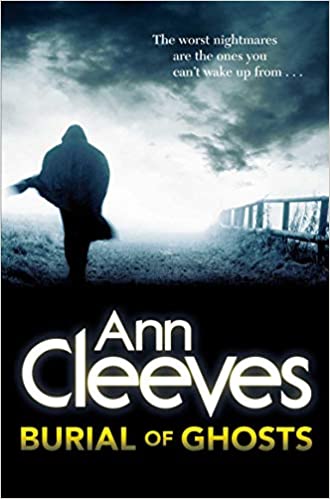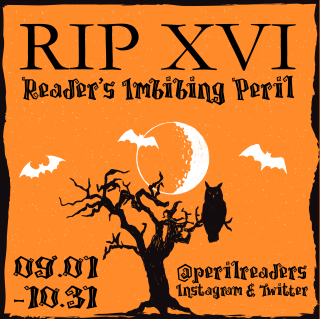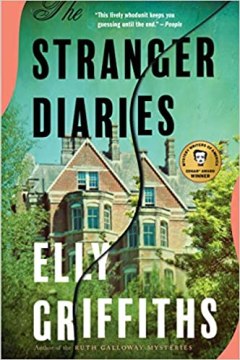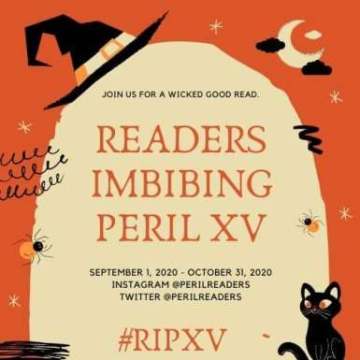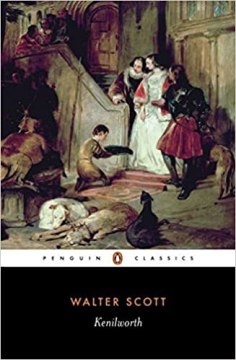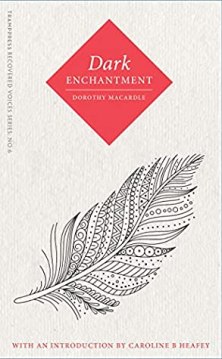Here’s another review for RIP XVI!
Forensic anthropologist Ruth Galloway has been having a rough time lately. On the same day that it looked like Harry Nelson, the father of her daughter Kate, might split up with his wife Michelle for her, Michelle told him she was pregnant. Ruth’s mother died shortly thereafter. Now, after Detective Tim Heathfield sees her at a colleague’s wedding, he confesses to her that he is in love with Michelle and her baby might be his.
So, when she gets a call from colleague Angelo Morelli asking her to come look at some bones in Italy, she decides to go there for vacation. Angelo will put her and Kate up in an apartment in Castello degli Angeli, and her friend Shona decides to come along with her young son.
Ruth finds that Angelo’s request is mostly a ploy to get the producers of a television show he hosts interested again in his dig. However, she finds the atmosphere of the little medieval town strange, still full of enmities dating back to World War II.
For his part, Nelson is mildly concerned about the release from prison of Micky Webb, a man who paid to have his wife and children burned to death in their house. Nelson has seen Webb lurking in his neighborhood, but when he confronts him, Webb claims to be following a program that requires him to beg forgiveness of those he has wronged. He says he came to do that with Nelson but didn’t have the courage to knock. Soon, however, Nelson’s attention to this problem shifts when he learns there has been an earthquake in Italy where Ruth and Kate are staying. He and Cathbad jump on a plane for Italy.
In this novel, the emotional dynamics seemed almost more important than the mystery. However, I continue to find these characters interesting and enjoyed this installment in the series.


